Advice
Showing 31 - 45 of 59
59 results found
The GEF aims to facilitate enduring and transformative change that delivers global environmental benefits which are resilient to future shocks and stresses that may otherwise undermine them. Applying resilience thinking and a simple scenario-based approach to known future risks can help GEF investments produce more resilient outcomes.
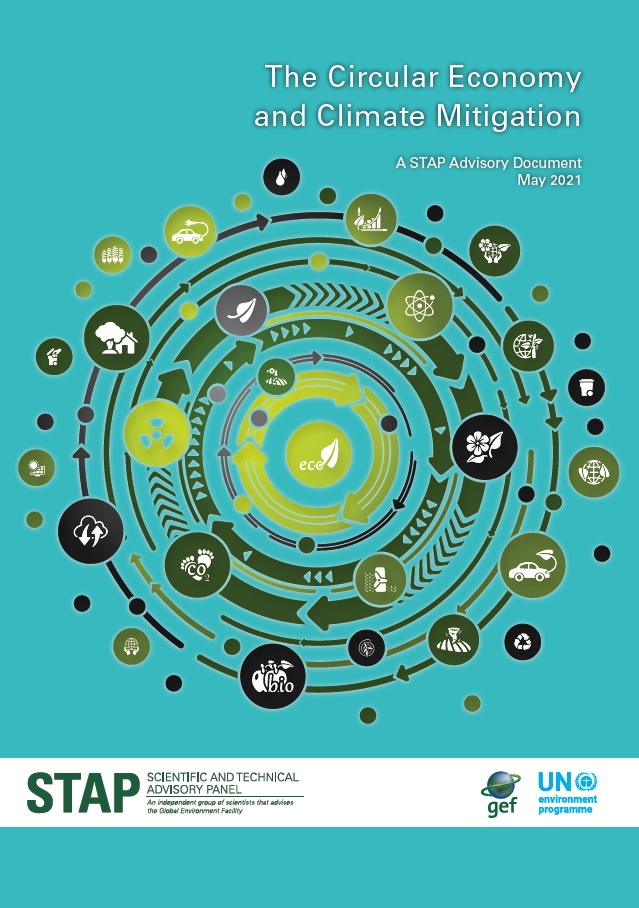
A significant aspect of today's climate change degradation is linked to materials extraction, processing, use, and disposal. Hence, the circular economy offers an opportunity to tackle climate change and deliver other environmental and socioeconomic benefits by ensuring that focusing on maintaining resources in use for as long as possible, extracting the maximum value while in use, and recovering and recycling products and usable materials at the end of their serviceable life.
The GEF's chemicals and waste focal area's objectives are strongly interlinked with those of other focal areas. The production, use, and management of persistent organic pollutants (POPs), mercury, ozone-depleting substances (ODS) are major drivers of biodiversity loss, climate change, land degradation, and impact on international waters. Chemicals and waste are also interlinked with socio-economic issues, including human health, food security, poverty, gender equality, and economic improvements.
Over the last 6 months, STAP has reviewed what a science and technology perspective can contribute to the GEF’s thinking about replenishment for GEF-8.
A brief review of the latest science on global environmental change leads to two compelling conclusions.
The Global Environment Facility (GEF) seeks to address the root causes and consequences of global environmental change by transforming markets and behaviors: unsustainable practices and behaviors are at the heart of the drivers of global environmental change, and responding to these can help to transform systems.
Nature-based Solutions (NbS) are defined by IUCN as “actions to protect, sustainably manage, and restore natural or modified ecosystems that address societal challenges effectively and adaptively, simultaneously providing human well-being and biodiversity benefits."
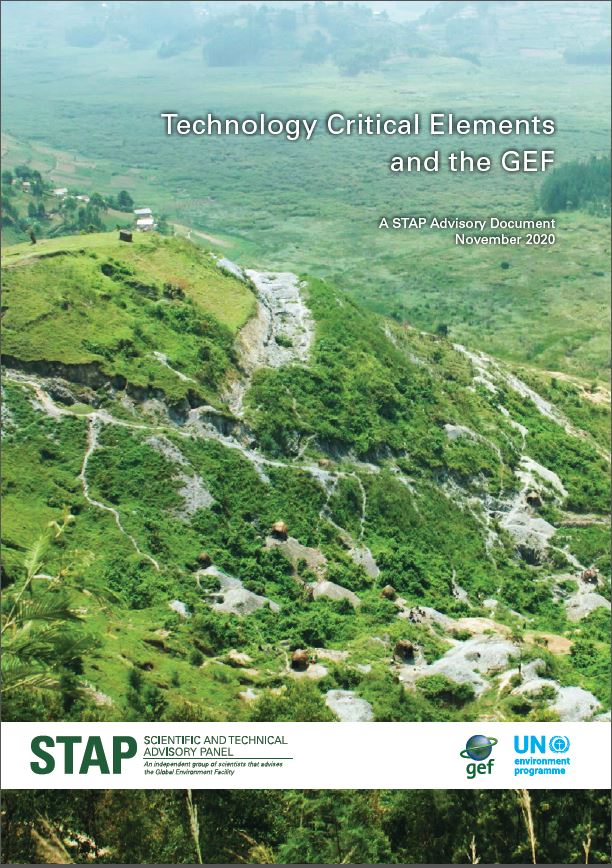
Technology critical elements (TCEs), including rare earth elements, the platinum group elements, and other relatively scarce metals, are essential for many emerging and green technologies, including renewable energy, energy security, energy storage, electronics, and urban development, and agriculture. However, the extraction of TCEs can have potentially harmful effects on ecosystems and human health when released into the environment. This STAP report provides a review of the benefits and the cost of TCEs and highlights solutions to managing their impacts.
This guidance note offers advice on the principles and practices that contribute to effective design and implementation of multi-stakeholder dialogue (MSD) to address GEF priorities. The primary emphasis is on the use of MSD processes to contribute to regional or global coalitions for transformational change that integrate private sector actors, including multinational corporations, industry associations and private financial institutions.
This Primer examines Earth observation technology, and makes recommendations on how this could be used by the GEF. An accompanying Technical Guide provides more detailed explanation of Earth observation principles, data sources and platforms, and case studies to illustrate how these data and tools can be used.
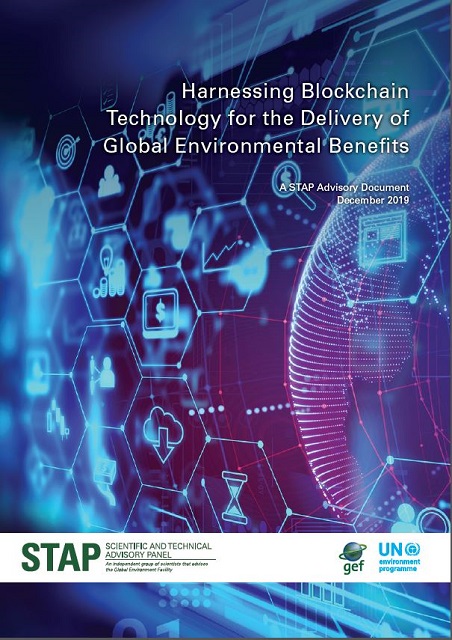
This paper explains what blockchain is and how blockchain could be used to deliver environmental benefits - particularly for the GEF. It also points out some of the challenges and barriers to using the technology and concludes with recommendations to the GEF.
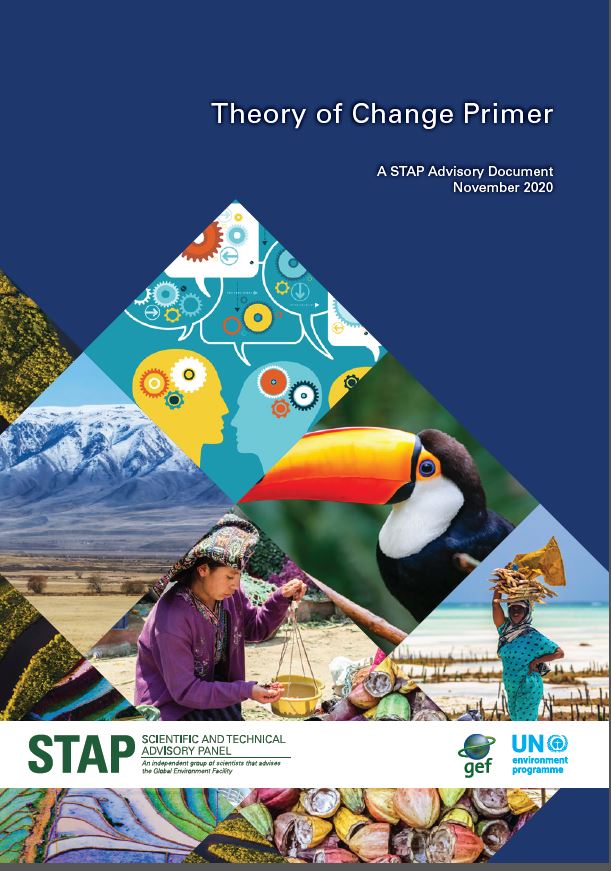
This primer provides a synthesis of guidance specifically aimed at carrying out Theory of Change in processes in a GEF context. The primer provides a brief overview of the origin of Theory of Change; defines what is a Theory of Change; explains why developing and carrying out a Theory of Changes is necessary; describes when to do a Theory of Change; and, provides a succinct guide on how to do a Theory of Change.
In addition to the background document and primer, you will also find the presentation, Theory of Change, STAP Workshop for the GEF and Agencies, held in October 2020.
This paper sets out principles for securing durability in project outcomes and impacts built round four themes: engaging the right stakeholders; building the incentives for these key actors to act; incorporating adequate diversity and flexibility in project design and implementation; and underpinning it all with a systems-thinking approach.
(An appendix to this paper reviews literature on sustainability and durability in project outcomes, coupled with scaling of impact and sustainability of projects in the face of future change.)

Strengthening community rights to manage land and resources is showing promise as an approach to deliver on biodiversity, climate change mitigation, and land degradation objectives. Clear principles and fundamental design characteristics have emerged from extensive research to guide interventions to support and establish robust governance of local “commons” – and interventions often fail when these are not followed.
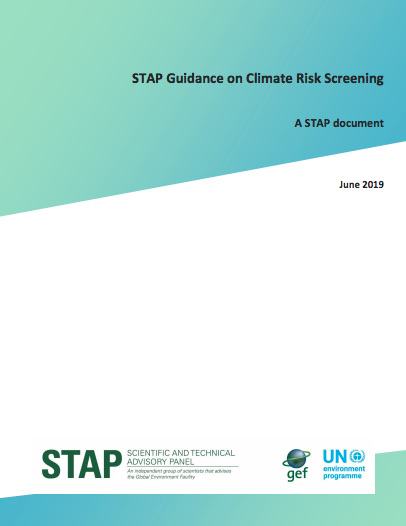
This STAP guidance proposes a common standard for climate risk screening of GEF projects based on the scientific literature and builds on earlier work undertaken over the last several years in response to the Council’s request that STAP examine the effects of climate change on GEF projects. At a minimum, each agency should use a risk screening process that includes four steps (hazard identification, assessment of vulnerability and exposure, risk classification, risk mitigation plan), ranks risks according to a clearly defined scale, and uses the best available data.
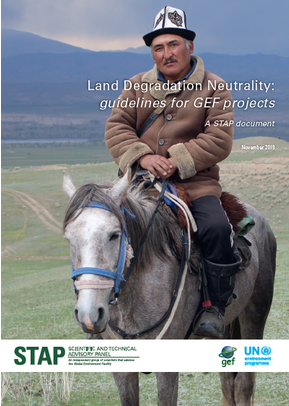
The fundamental aim of LDN is to preserve the land resource base, by ensuring no net loss of healthy and productive land, at national level. Achieving LDN requires estimating the likely cumulative impacts of land use and land management decisions, and counterbalancing anticipated losses through strategically-planned rehabilitation or restoration of degraded land, within the same land type. These guidelines offer practical help to those developing projects which contribute to Land Degradation Neutrality.
Showing 31 - 45 of 59




